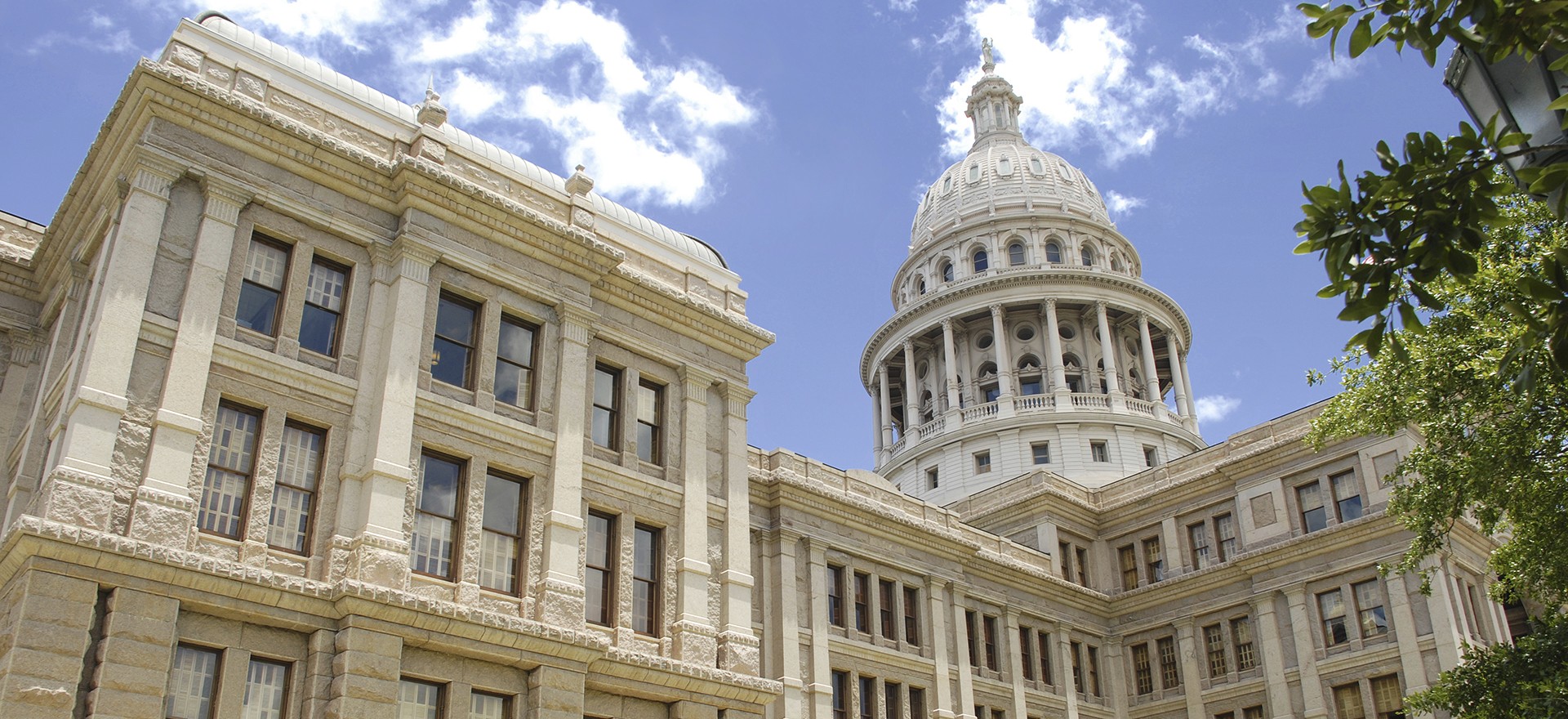Congress expands use of 529 savings plans under the ‘One Big Beautiful Bill’

Date Posted: 7/15/2025 | Author: Monty Exter and Jennifer Mitchell
On the Fourth of July, President Donald Trump signed into law a budget reconciliation measure enacting numerous tax cuts and federal spending provisions. The over 1,000-page “One Big Beautiful Bill” Act (H.R. 1) has many provisions, including several that directly and indirectly impact educators and K-12 education. One such set of provisions affects 529 savings plans by expanding their use both in the K-12 education space and for educators seeking alternative certification or incurring other certification-related costs.
A 529 plan is a tax-advantaged savings plan designed to encourage saving for future education expenses. These plans offer tax benefits such as tax-deferred growth and tax-free withdrawals for qualified education expenses. They are typically sponsored by states or educational institutions and allow individuals to save for a designated beneficiary's future education costs, which can include college, graduate school, or even K-12 tuition in some cases.
Anyone can contribute to a 529 plan—not just the beneficiary of the funds—and contribution limits are often quite high. Generally, contributions are made using after-tax dollars, though some states offer local tax deductions and credits for contributions. Because it does not have a state income tax, Texas does not offer any tax deductions or credits. Although contributions to 529 accounts have already been taxed, the growth on the investment is not subject to tax so long as it is spent on a qualified expenditure when withdrawn. Like all investments, 529 plans carry the risk of market fluctuations, which are of particular concern if the investment is short term.
Although 529 plans have always been available for traditional baccalaureate educator preparation programs, they are now being expanded to cover some alternative certification programs, in addition to expansions added during the first Trump presidency covering K-12 public and private school expenses.
Under the recently enacted legislation, 529 plans will now allow up to $20,000 annually in tax-free withdrawals for K-12 curriculum, books, online resources, tutoring, or educational therapies for students with disabilities. This is up from the $10,000 allowed under legislation passed in 2017. Dual enrollment fees for college courses and withdrawals for standardized testing fees will also be tax free.
In addition to the expansion of 529 plan benefits in the K-12 space, withdrawals for tuition and materials for certificate programs, trade schools, and other credentialing programs recognized under federal law will be tax free. Also, 529 plans can be used to cover out-of-pocket tuition, fees, books, supplies, required equipment, required testing fees, and fees associated with continuing education required to maintain a certificate—assuming the program provider is on your state’s list, which is prepared under section 122(d) of the Workforce Innovation and Opportunity Act (29 U.S.C. 3152(d)). Download the current version of the Texas Workforce Commission’s Eligible Training Providers list (Excel format) here.
So far, according to multiple news reports, relatively few people have used 529 plans due to limited investment options and spending restrictions, which can vary from state to state. Significantly fewer investors have used the plans to pay for K-12 education expenses rather than higher education costs. This may be due, in part, to the plans’ limited usefulness as short-term investment vehicles, because only the investment gains and not initial contributions into a 529 account provide tax benefits to the investor.
ATPE lobbied in Washington, D.C., for legislation to allow the use of 529 plan savings to cover costs associated with alternative educator certification programs. In 2023, ATPE joined the Tomorrow’s Workforce Coalition and backed the bipartisan Freedom to Invest in Tomorrow's Workforce Act to expand the applicability of 529 plans to licensing and certification costs incurred by educators and other professionals. (See H.R. 1477 filed during the 118th Congress in 2023 and H.R. 1151 filed during the 119th Congress in 2025.) The national coalition was co-founded by the American Society of Association Executives (ASAE) and the Professional Certification Coalition (PCC).
Because the majority of newly certified educators in Texas now choose alternative certification pathways, ATPE recognized the importance of creating parity in the federal law to help Texans pay for post-secondary training and credentialing that falls outside traditional university-based baccalaureate programs. We are pleased that the Freedom to Invest in Tomorrow’s Workforce proposals were added to the budget reconciliation bill and signed into law this month. For cash-strapped educators who can benefit from any additional discounts, the ability to tap into tax-free savings to offset educator preparation and certification renewal costs is a welcome change, especially considering our state’s shortage of certified teachers. ATPE urges state officials to continue to expand the list of approved providers and share more information to help future educators take advantage of these savings and encourage more people to contribute to 529 plans.
CONVERSATION
RECOMMENDED FOR YOU

12/19/2025
Teach the Vote’s Week in Review: Dec. 19, 2025
Happy Holidays from ATPE! The ACLU of Texas is challenging SB 12 in federal court, and ATPE has distributed candidate surveys to those running for statewide, legislative, and SBOE seats.

12/18/2025
Gov. Abbott’s property tax promise and the split in the Texas GOP
Property taxes aren’t just a political talking point. They’re the main revenue source for vital local services, including police, fire, and public education.

12/12/2025
Dec. 8 filing deadline sets the stage for 2026 elections
Now’s the time to confirm your voter registration and update it if necessary.

